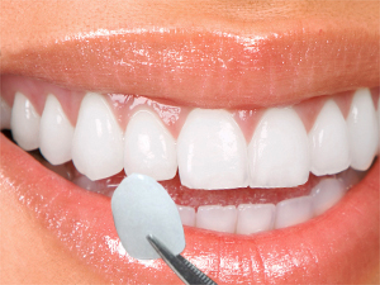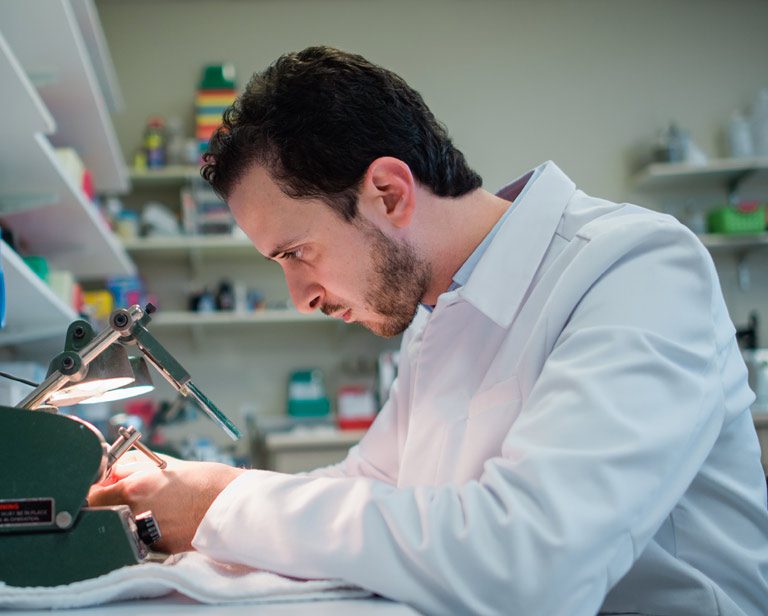After my yearly exam and cleaning two weeks ago, my dentist said the x-ray showed a cavity beneath my upper left first molar. The tooth has been sensitive for a few months. I’ve had a crown on the tooth for two years, and I got it when I lived in PA. So, I asked my dentist why I had a cavity beneath it. She did not give me a clear answer but said she would need to remove the crown to treat the cavity. My insurance will not authorize a new crown because the current one is less than five years old. I prefer to see another dentist for the cavity because my dentist seems indifferent, and I do not want another problem beneath the crown and incur more out-of-pocket costs. Also, the crown is next to a porcelain veneer tooth, and I am concerned about matching the crown and veneer. My dentist has given me no confidence that she can do it. What may have caused a cavity to form? Thank you. Miguel from Houston
Miguel,
Thank you for your question. Issues with a relatively new crown can still be disappointing.
Insurance companies expect a crown to last at least five years before paying for a replacement crown. But most cosmetic dentists agree that a well-placed, high-quality crown lasts much longer—sometimes ten years or longer. Still, crowns cover natural teeth. Although decay will not affect a ceramic crown, you can still get a cavity in the natural tooth beneath it if bacteria can leak in.
What Causes a Cavity Beneath a Crown?
If you have a cavity beneath the crown, possible causes include a damaged or loose crown or a gap where your tooth and crown meet.
- Damaged or loosed crown – Bacteria can get trapped beneath a crown and lead to decay.
- Loose margin – If the margin—where your crown and tooth meet is not closed completely, bacteria can leak in. The area must be smooth and without any gaps or roughness. Otherwise, the site can attract bacteria, plaque, and decay.
Treatment for a Cavity Beneath a Crown
If you have a cavity beneath a crown, in most cases, your dentist will remove the crown, clean the tooth, fill the cavity, and replace the crown with a new one.
Get a Second Opinion

A skilled cosmetic dentist can match a new dental crown to your porcelain veneer
Consider getting a second opinion from an experienced cosmetic dentist. After an examination and x-ray, the dentist can recommend a treatment plan to remove the cavity and replace the crown, ensuring that it matches the adjacent porcelain veneer. If the cosmetic dentist can examine your crown and detect faulty work, your dental insurance company and a new dentist may support you in asking for a refund from the dentist who placed the crown.
Dr. Gilberto Tostado, a San Antonio, Texas, prosthodontist and cosmetic dentist, sponsors this post.


